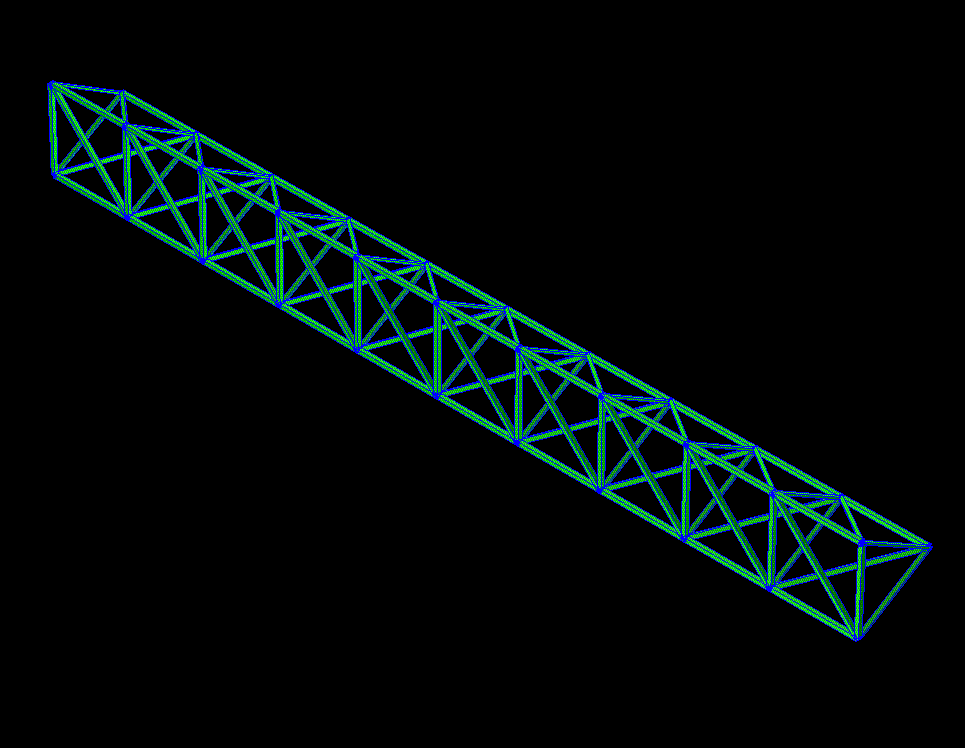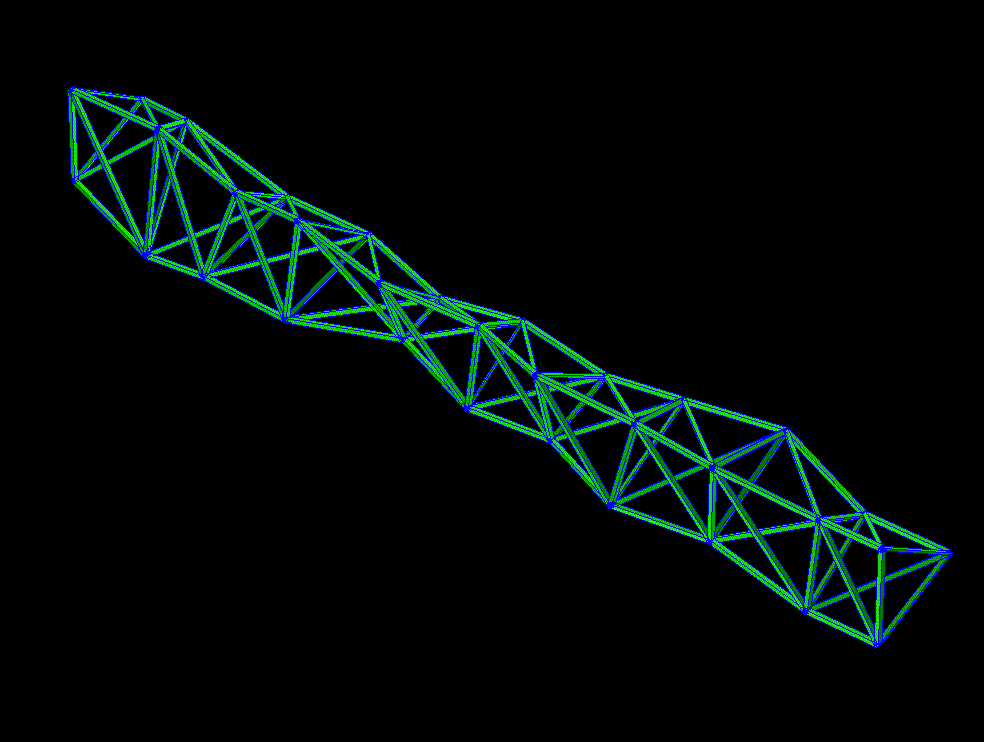SidSidney wrote:I wonder about tubs. What would you do differently if you could 3D print a whole tub? What curves and bumps, thicknesses, rotations in the material, maybe even resonant tuning spots, could you build in in odd positions - like that antennae - if it didn't make things more complicated?
Sounds like you're just adding stress concentrations.
Then again, I've seen topology optimization results for a tub that had criss-crossing uni tapes all over it, something like a spaceframe on the inside skin of the tub, but you don't need 3D printing for that. The advantage there would be primarily be, I'm guessing, if your torsional stiffness requirement greatly exceeds your side impact requirement.
Topology optimization, at least in the results I've seen, tend to produce truss-like structures. Note that I say this without a real understanding of how the algorithm actually works; it's just an observation based on a handful of results.
SidSidney wrote: Would we get track specific tubs?
Unlikely. Too expensive and time consuming to design, build and crash test them all, and little if any benefit to be gained.
SidSidney wrote:Aroperly asymmetric tub designs?
Probably not unless the calendar becomes mostly ovals.
SidSidney wrote:Ribs and skins?
They already have bulkheads (kind of like ribs) inside the monocoque (skin). But I doubt they would move to proper semi-monocoque construction like on aircraft; it's probably not safe for cars.







